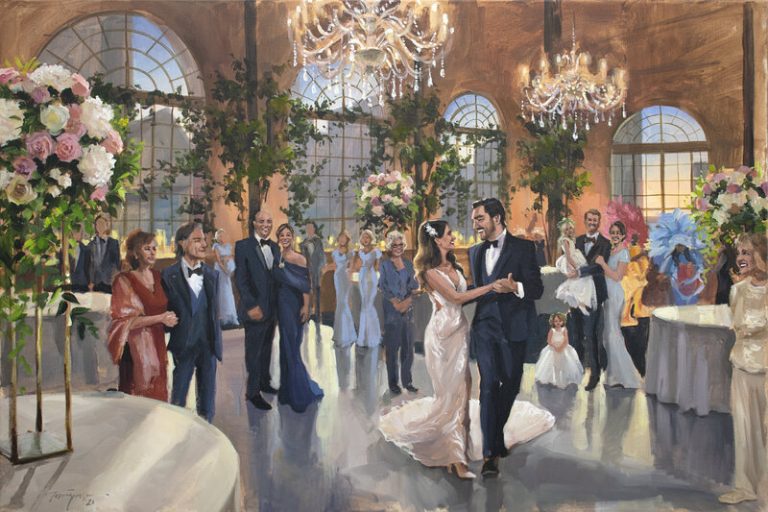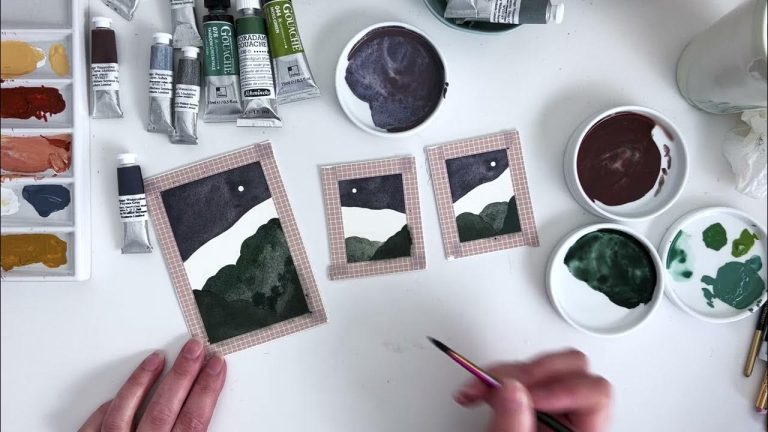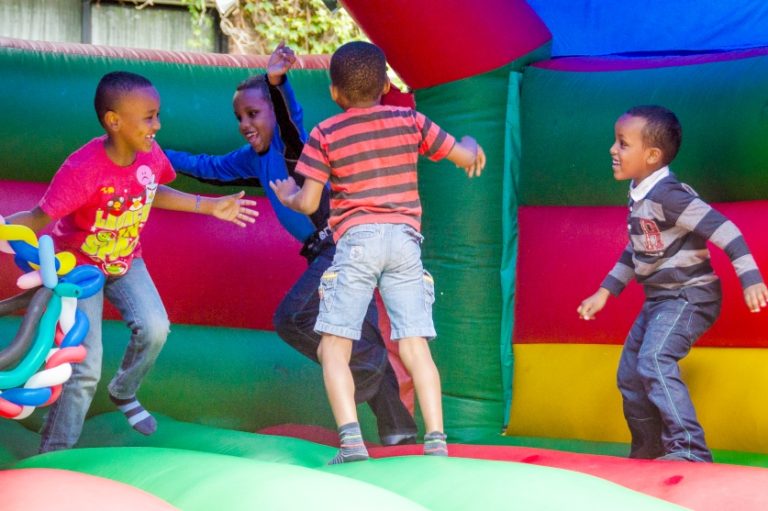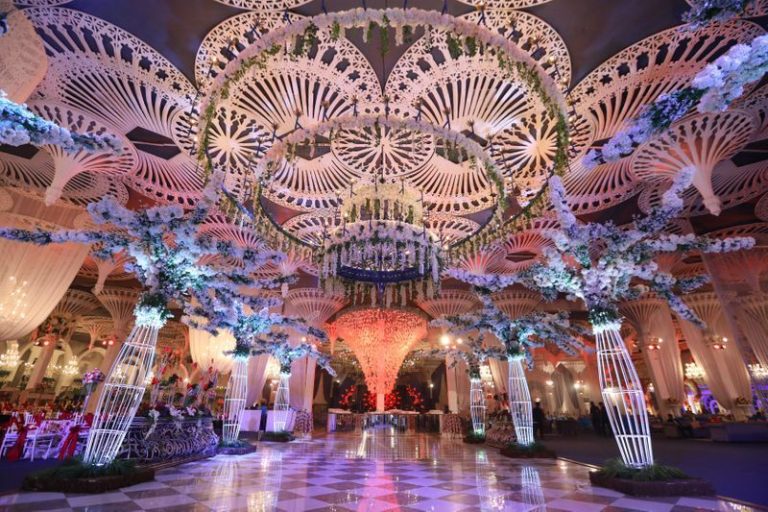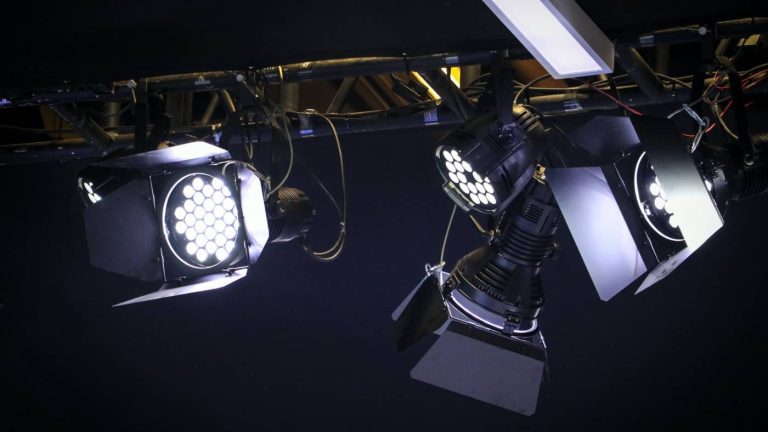Liveliness creations allude to the formation of enlivened content using different strategies and innovations. Liveliness is a powerful medium that brings static pictures or PC produced models to life, making the deception of development and visual narrating. A wide variety of media, including films, television shows, video games, advertisements, and web content, feature animation productions. The animation studio hong kong boasts a talented team of artists and animators who bring stories to life through their exceptional creativity, technical expertise, and attention to detail.
In order to produce content that is both visually appealing and engaging, animation productions require a series of artistic and technical procedures. An overview of the primary components of animation productions is provided below:
The process begins with the conception and growth of concepts, characters, and plots. This stage includes scriptwriting, storyboarding, and character plan, where the underpinning of the liveliness is spread out. The animation’s narrative, visual style, and overall direction are all shaped by the creative team.
A crucial step in the animation production process is the pre-production phase. It includes arranging and planning, including errands, for example, making animatics (energized storyboards), planning foundations and conditions, and laying out the visual and creative course. Voice projecting and recording exchanges are likewise essential for pre-creation, as characters’ voices rejuvenate the liveliness.
The magic happens on the animation stage. To make characters and objects move and perform, skilled animators employ a variety of methods and tools. Conventional hand-drawn movement includes making a grouping of individual casings, each marginally unique in relation to the last. Digital models and rigging are used in computer animation to manipulate characters and objects in three-dimensional space. Stop movement activity includes catching edges by actually controlling articles or models between shots.
The animation is improved and refined during post-production. It incorporates cycles, for example, compositing, enhancements, variety reviewing, sound plan, and music piece. Enhanced visualizations and post-handling methods are applied to improve the general look and feel of the activity. The sound parts, including voiceovers, ambient sound, and audio cues, are blended and synchronized with the visuals to make a durable general media experience.

When the activity is finished, it is prepared for circulation across different stages and mediums. Productions based on animation can be shown in theaters, broadcast on television networks, streamed online, or distributed physically through various media. The animation’s intended audience and objectives determine the method of distribution. There are animations that can be released as feature films, short films, web series, promotional videos, or television series.
The style, method, and audience of animation productions can vary. Traditional hand-drawn animation, computer-generated imagery (CGI), stop motion animation, claymation, motion graphics, and other forms of animation are all examples of different types of animation. The visual aesthetics and storytelling options of each style are distinctive.
In a nutshell, animation productions involve the artistic and technical process of creating animated content. The animation studio hong kong combines artistic creativity and advanced technology to produce visually stunning and captivating animated content for various industries and clients worldwide.









